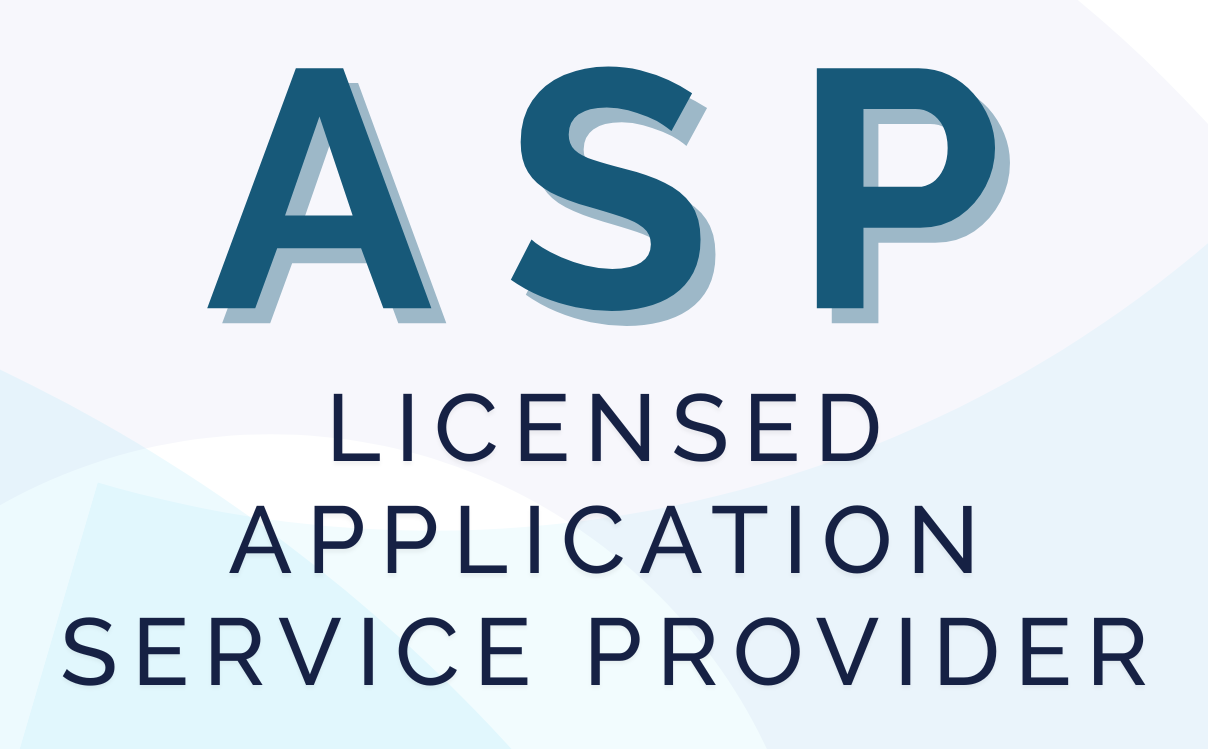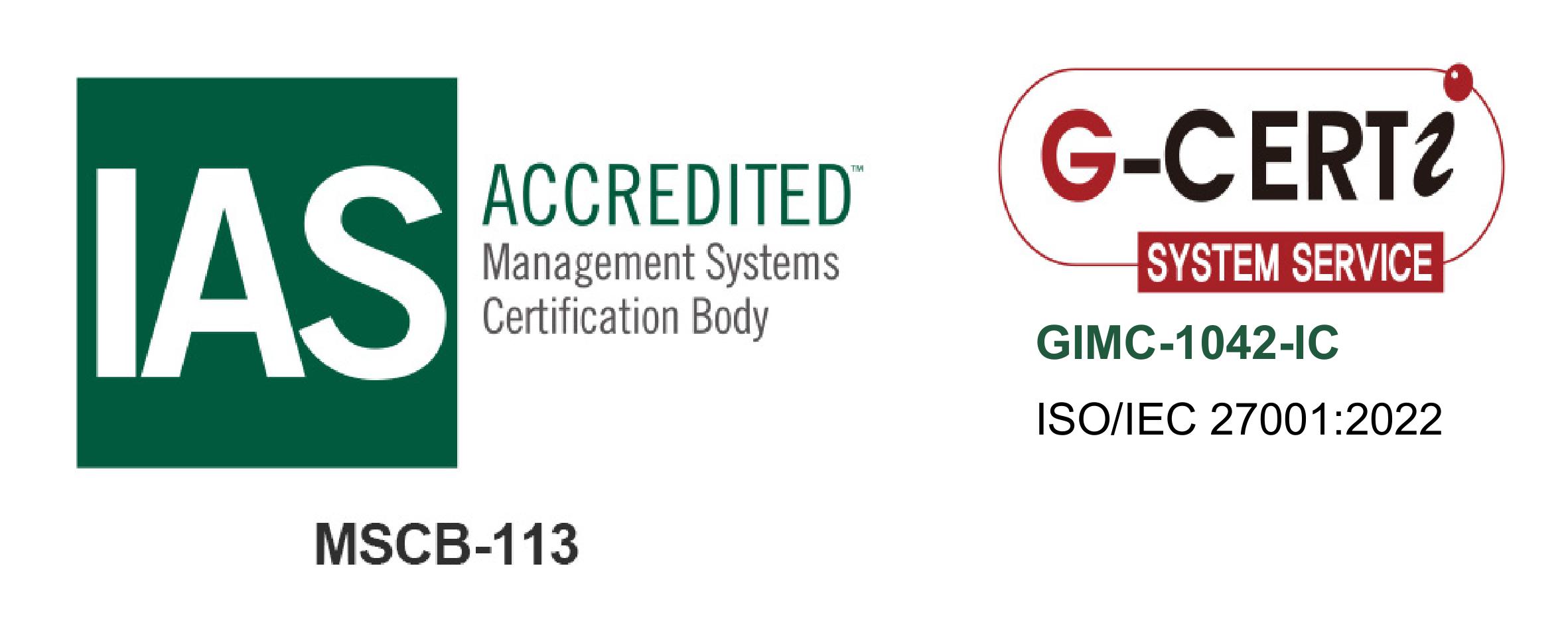CLL Systems Sdn Bhd is a Malaysia Ministry of Finance (MOF) registered company.






While larger companies are taking a highly strategic approach to where they host applications these days – whether on-premises, in the cloud, or (more often) a mix of both – that’s not always the case with small and midsize businesses. Fast-growing organizations simply may not have had time to give it much thought. An older company may have started out with a big investment in on-prem infrastructure and kept to that path. A newer business might have jumped straight to cloud from the start-up stage.
But as companies add new applications and their data accumulates, decisions about where to host workloads become more complex and more pressing for SMB IT. The on-prem-leaning company starts to look around to see what workloads it can consolidate and how much it might save by sending those to the cloud. The cloud-native business starts to wonder if it can get better performance, lower latency and more control from privately owned infrastructure.
The right mix of on- and off-prem will be different for every company. There are no universal right answers, but it’s helpful to ask the right questions. Here are the ten considerations that I think are most pertinent for SMBs:
On-prem infrastructure can fail too, of course, and most small and midsize companies have experienced unplanned downtime when a server goes down. But they may not have given much thought to the potential effects of a network problem on their day-to-day operations in a cloud model.
6.. How will the deployment model impact your financials? Placing workloads in the cloud may relieve some of the pressure on capital expenditures by shifting IT costs to the operational side. That’s the kind of move that could make you very popular with the finance side of the house.
It’s important to remember, though, that cloud deployments still need to be monitored and managed. With on-prem infrastructure, companies are becoming more aware of the wastefulness of “zombie servers” – compute resources that were spun up for a particular project, and then long after the project ended they’re still out there chugging away and consuming power resources. It might be easy to assume that the public cloud eliminates that issue. But in reality companies often find themselves with cloud-based “zombie virtual machines” on their hands, resources that they’re not using but still paying for.
With cloud, as with on-prem, the challenge is to make sure you have a plan to manage your valuable IT assets.
Something to bear in mind is that, because of the flexibility and ease of access that comes with cloud, a deployment that begins small but scales over time can generate a high bill very quickly. Be aware and monitor your costs, and always have a plan in case you need to bring the app back on-premises.
Keeping your mix right
Finding your right mix of on- and off-prem infrastructure is not a once-and-done deal. It’s iterative, something you might want to revisit periodically as your company grows and your business goals evolve. The public cloud is constantly evolving, too. Prices and deals change as the major providers jockey for position in their market. What worked for you one year may not be optimal the next.
Events that trigger a hardware refresh are often a great occasion to review your mix. For example, In January 2020, Microsoft Windows Server 2008 reached end-of life, and many SMBs will be thinking about how that impacts their infrastructure strategies.
Whatever answer you choose to the cloud/on-prem question, we has the right solution for you.
For more information, please refer to HPE
CLL Systems Sdn Bhd is a Malaysia Ministry of Finance (MOF) registered company.





© 2016-2025 CLL Systems Sdn Bhd. All Rights Reserved Privacy Policy